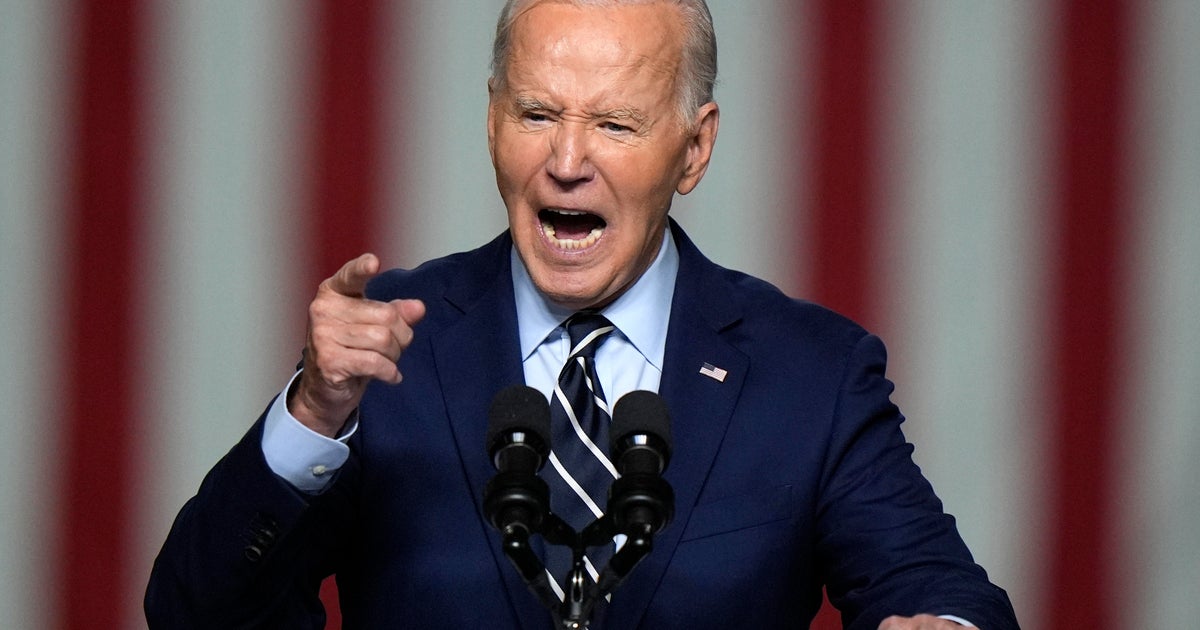- cross-posted to:
- news@lemmy.world
- cross-posted to:
- news@lemmy.world
cross-posted from: https://lemmy.world/post/20665840
President Biden on Tuesday announced $2.6 billion in funding to replace all lead pipes in the United States as part of a new EPA rule that will require lead pipes to be identified and replaced within 10 years using the new funding from the Bipartisan Infrastructure Act.



The program has been going on for decades. The Feds put money in a big account the EPA manages that gives grants and loans to areas that need it to get the process completed faster.
As loans get repaid over the years, the money is leant out again. Most areas have enough income to afford the project, but not enough cash on hand to afford to pay all at once.
This is the first batch of additional money being added to the fund along with a mandate that the problem be resolved in a fixed timeframe.
Currently the fund has used about $20billion to provide $40billion in upgrades over nearly 30 years.
https://www.epa.gov/newsreleases/biden-harris-administration-issues-final-rule-requiring-replacement-lead-pipes-within